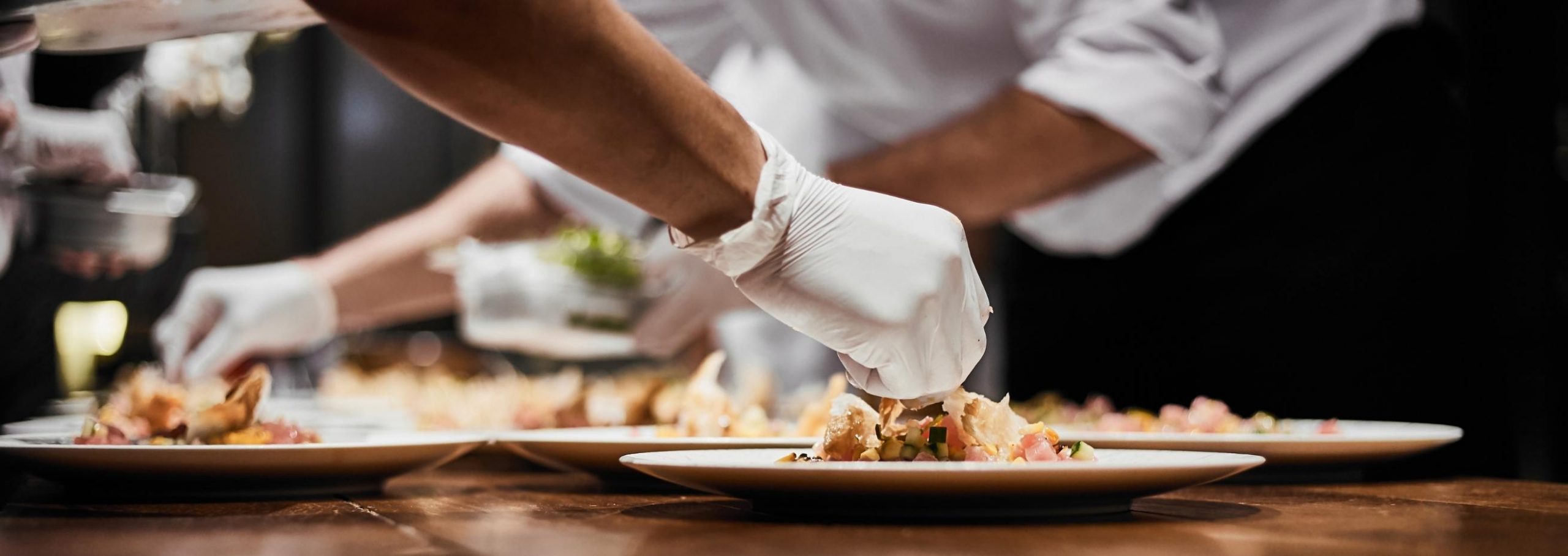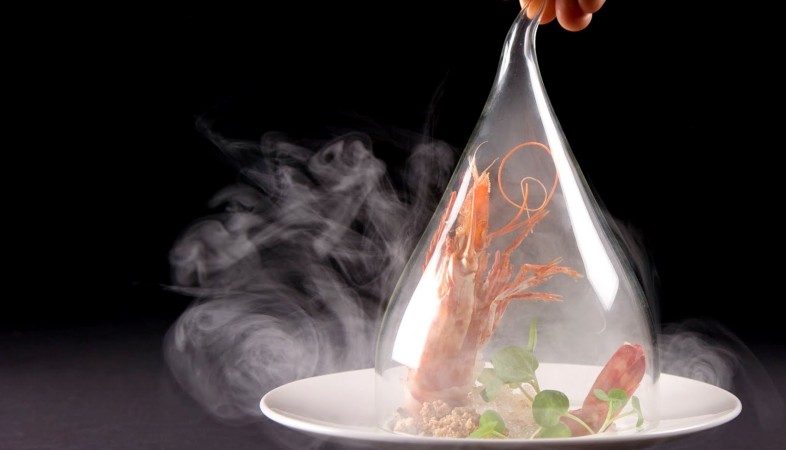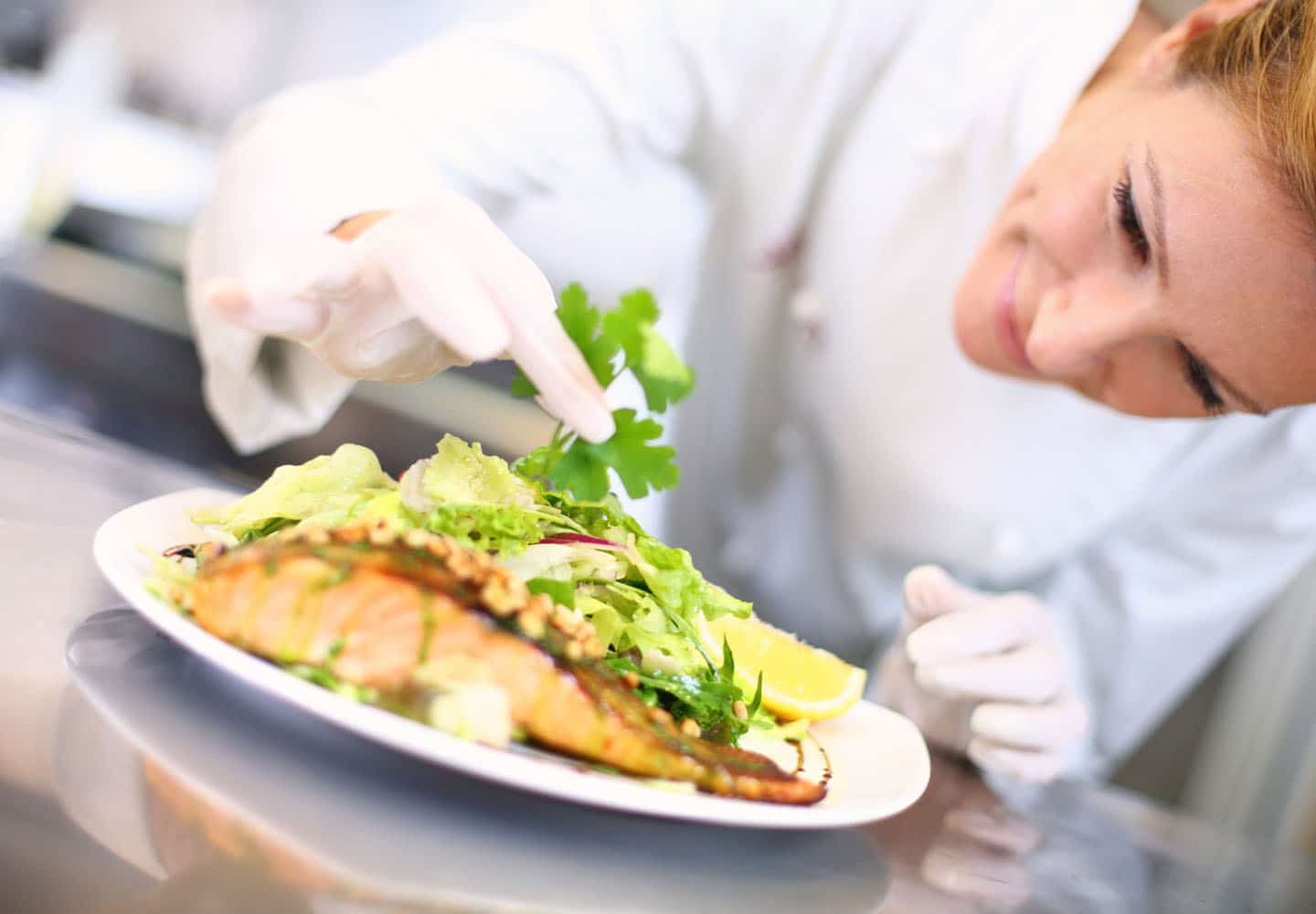Food art blurs the distinction between nourishment and expression, acting as a canvas that absorbs all of the senses. Chefs and artists both use the rich colors, textures, and flavors of food to harness visually appealing and appetizing masterpieces. This mix not only improves the eating experience, but it also questions our perceptions of art and consumerism. It encourages us to evaluate the visual worth of our food, turning every bite into a chance for creative enjoyment. Food art transforms the the mundane act of eating into an opportunity for cultural and sensory discovery. As we dive further into the world of culinary creation, we learn that food, like conventional art, has the ability to express messages, elicit emotions, and stimulate thinking. Food as art is about more than simply the finished result; it is also about the creative process, which makes each culinary creation an exceptional piece of art.

Historical Roots: The Evolution of Food Art
Food art has an extended and varied history, dating back to ancient banquets when appearance and flavor were critical components of the dining experience. Renaissance feasts were extravagant exhibitions of culinary talent, combining food with social and cultural expressions. This tradition has progressed, with cutting-edge chefs drawing inspiration to produce inventive and visually appealing meals.
The Chef as an Artist
Mirroring the artist’s choice of medium and technique, a chef’s creativity flourishes through the selection of ingredients, cooking methods, and final presentation. The kitchen transforms into a culinary studio, where these artists experiment with colors, textures, and flavors to create edible masterpieces. Each dish becomes a reflection of the chef’s unique vision, technical mastery, and personal narrative, effectively bridging the gap between traditional art forms and the world of gastronomy.
Sensory Experiences: Beyond Taste
Food art is typical due to the way it engages numerous senses at the same time. A well-crafted meal creates a visual feast before it can actually taste, establishing expectations and developing anticipation. The texture, scent, and even the sound of food all add to the entire experience, transforming mealtime into a sensory trip. Food art differs from other types of art in that it engages several senses.
Plating: The Canvas of Culinary Art
Plating is where artistic ability meets the plate, which serves as a canvas for the culinary arts. The arrangement of elements, the color scheme, and the interplay of the shapes and dimensions all add to a dish’s visual appeal. A properly arranged food elevates the eating experience, transforming a meal into an unforgettable event.
Sustainability and Artistry
Contemporary culinary art also stresses environmentally friendly practices, with chefs putting more emphasis on locally produced foods and traditional cooking methods. This strategy not only helps local economies and lessens environmental effects but also gives a degree of authenticity and story to the culinary art, connecting customers with the source of their food.
Technology and Innovation in Food Art
The culinary world is embracing a technological revolution. Techniques like molecular gastronomy, 3D food printing, and interactive dining experiences are pushing the boundaries of traditional cooking. These innovations create entirely new textures, flavor profiles, and visual presentations, inviting diners on an unprecedented culinary adventure. The lines between food and art are blurring more than ever, as technology empowers chefs to transform the way we experience a meal.

Food art represents the perfect fusion of culinary skill and artistic vision, converting the ordinary into something remarkable. It challenges our assumptions, encouraging us to discover beauty in the fleeting. Meals, seen through this, are more than just food; they are manifestations of creativity, innovation, and connection. As we embrace the creativity of our meals, we get greater respect for the ingredients, the technique, and the tales they convey. Food art serves as a reminder that art is not just found in galleries, but also in the fabric of our daily life. It inspires us to relish every moment, taste, and texture, showcasing the immense creative potential that exists in our kitchens. Celebrating food as art enriches our sensory experiences while also cultivating a better awareness of the world around us, one dish at a time.







